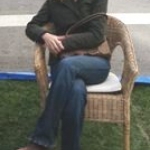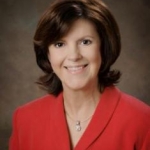
Gayle Kaler
The Cultural District: The Key to a City’s Heart
Posted by Feb 05, 2015

Gayle Kaler
Cultural districts are the heartbeat of a city. They are the distinctive part that makes your city unique and reveals the character and spirit of your town. They are vital to the sustainability and creativeness of a city, but so often these districts are forgotten and underutilized as a tool for economic growth and viable livability.
As Mayor of Paducah, Kentucky, a city of approximately 25,000, I have seen first-hand how the rejuvenation of a cultural district can have a significant impact on the economic stability and viable livability of an area. Our local government and concerned citizens have invested in, nurtured and supported the growth of our local arts district for many years and we are reaping great rewards from that investment. Paducah has used artist relocation programs, district rejuvenation projects, fiber art attractions, and cultural organization partnerships to create an arts district that is having an impact on both the local economy and the international playing field.
Read More


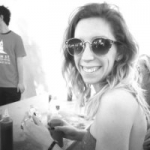
 Wendy Taliaferro
Wendy Taliaferro


 Nina Ozlu Tunceli
Nina Ozlu Tunceli

 Katie Kurcz
Katie Kurcz
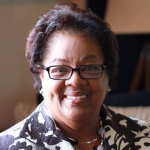
 Margie Johnson Reese
Margie Johnson Reese





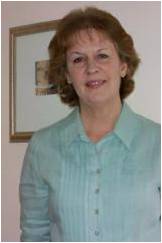





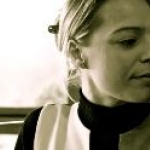





 Cathlyn Melvin
Cathlyn Melvin




